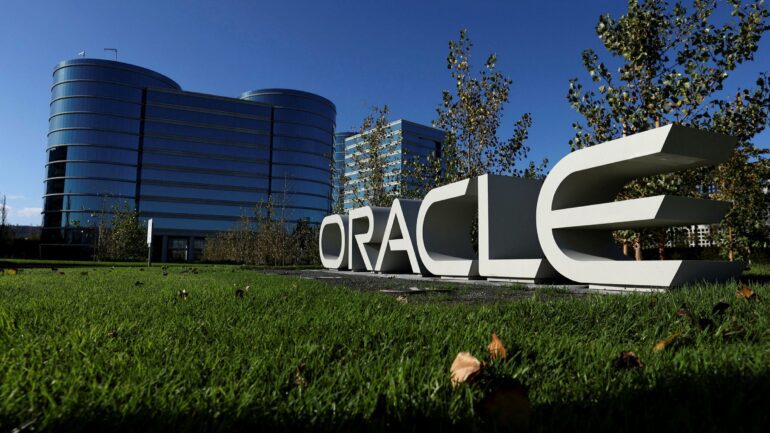TL;DR:
- Oracle integrates generative AI into its human resources software to assist with drafting job descriptions and performance goals.
- The move follows the footsteps of tech giants like Microsoft and Google, incorporating AI systems into their platforms.
- Oracle addresses concerns about generative AI by implementing a button-based AI assistant for generating safe and accurate content.
- Human oversight is required to approve the generated text, ensuring user control and decision-making.
- The features are expected to be available by the end of the year.
- Oracle envisions future applications of AI for more complex HR tasks, such as composing job requirement listings that comply with local regulations.
- The adoption of generative AI in Oracle’s software marks a significant advancement, enhancing efficiency and productivity in HR operations.
Main AI News:
The proliferation of artificial intelligence (AI) systems capable of generating human-like responses has caused a stir in the technology sector. Joining the ranks of influential players, Oracle Corp announced on Wednesday its integration of generative AI capabilities into its human resources software. This innovative addition aims to streamline various tasks, such as drafting job descriptions and setting employee performance goals for businesses.
Oracle’s move comes in the wake of technology giants like Microsoft Corp and Alphabet’s Google, who have already harnessed the power of AI systems like ChatGPT, incorporating them into their search engines. However, the adoption of generative AI technology within business circles has been somewhat cautious due to concerns regarding the potential fabrication of false information or the generation of unsettling content.
Oracle’s human resources software, widely employed by large enterprises for recruitment and performance evaluations, will feature a novel button that automatically generates draft text for job listings and performance goals. By utilizing a button-based AI assistant instead of an open-ended chatbot, Oracle aims to ensure that the generated content is both accurate and safe. Rich Buchheim, the vice president of product management for Oracle Adaptive Intelligence Applications, emphasized the importance of human oversight, stating that the resulting text will still require approval from human users.
Buchheim further clarified, “Generative AI will not replace the role of humans in defining goals. Rather, it will provide users with a solid starting point and valuable information to facilitate their decision-making process.” The implementation of these new features is slated for completion by the end of this year.
Looking toward the future, Oracle has set its sights on utilizing AI for more complex human resources tasks. Guy Waterman, the vice president of people analytics and human capital management technology and innovation at Oracle, revealed the company’s plans to explore leveraging AI in composing job requirement listings that adhere to local regulations across different markets. Waterman expressed enthusiasm about the possibilities of generative AI, envisioning a scenario where decisions and implementations that once took weeks can now be accomplished within hours or minutes.
Conclusion:
Oracle’s integration of generative AI into its human resources software signifies a notable development in the market. By leveraging AI to streamline tasks and provide valuable starting points, Oracle demonstrates its commitment to enhancing efficiency and decision-making processes in HR operations. The implementation of generative AI, along with future plans to tackle more complex HR tasks, positions Oracle as a leading innovator in the business software market.

